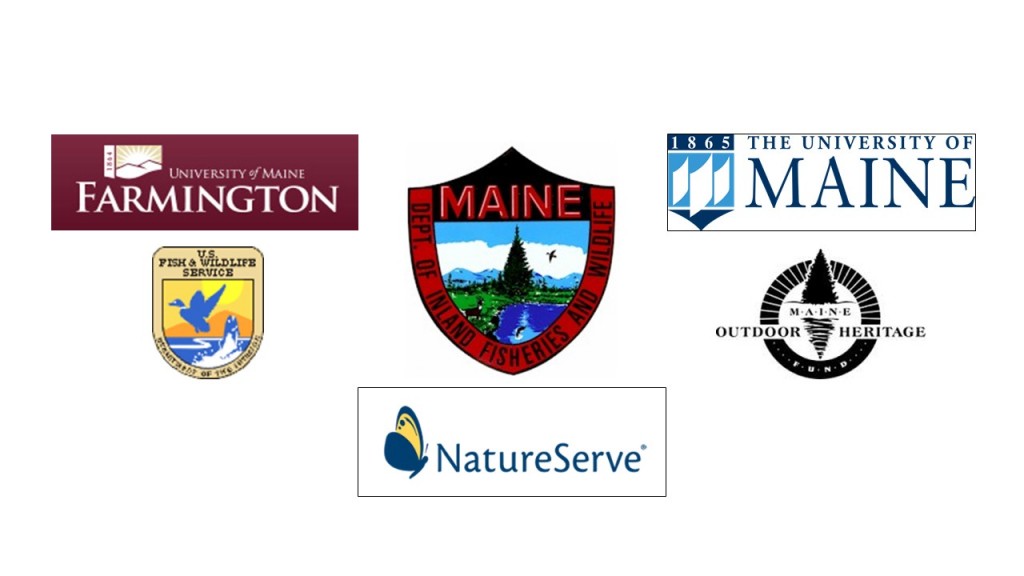Rusty-patched Bumble Bee - Endangered Species - Must Read Tips for Identifying the Rusty-patched Bumble Bee
About MBBA
Bumble bees, with their bold yellow and black stripes, large furry bodies and relatively docile dispositions, are a familiar backyard insect to most people. The important role they play in our environment, however, often goes unrecognized. Bumble bees are an essential component of pollination for flowering plants throughout the Northern Hemisphere. They pollinate many of our spring and summer wildflowers, as well as a wide variety of other plants, including most garden flowers, fruits and vegetables. This ecosystem service is key to maintaining not only cultivated crops for human use, but also native plant communities which provide habitat for Maine’s diverse wildlife species.
Unfortunately, some North American bumble bee species have experienced significant population declines during the last few decades. Several species, including four native to Maine, were once very common throughout their ranges but are now rarely observed. Various factors are believed to be contributing to these declines, including habitat loss and fragmentation, pesticides, and diseases and parasites introduced through widespread use of commercially raised bumble bees. These same declines have likely also occurred in Maine, but because we have so little information about our bumble bee fauna it is difficult to assess the status of the 17 species known to live here.
In order to document the diversity, distribution and abundance of bumble bees in Maine, the Maine Department of Inland Fisheries & Wildlife (MDIFW) initiated the Maine Bumble Bee Atlas (MBBA) project. Designed as a multi-year statewide survey, the project was coordinated by MDIFW in partnership with the University of Maine at Orono and the University of Maine at Farmington. Closely modeled after MDIFW’s highly successful Maine Butterfly Survey (2006–2015) and Maine Damselfly and Dragonfly Survey (1999-2006), the Maine Bumble Bee Atlas marshalled the efforts of volunteer citizen scientists from across Maine to greatly increase our knowledge of the status of the state’s bumble bees.

